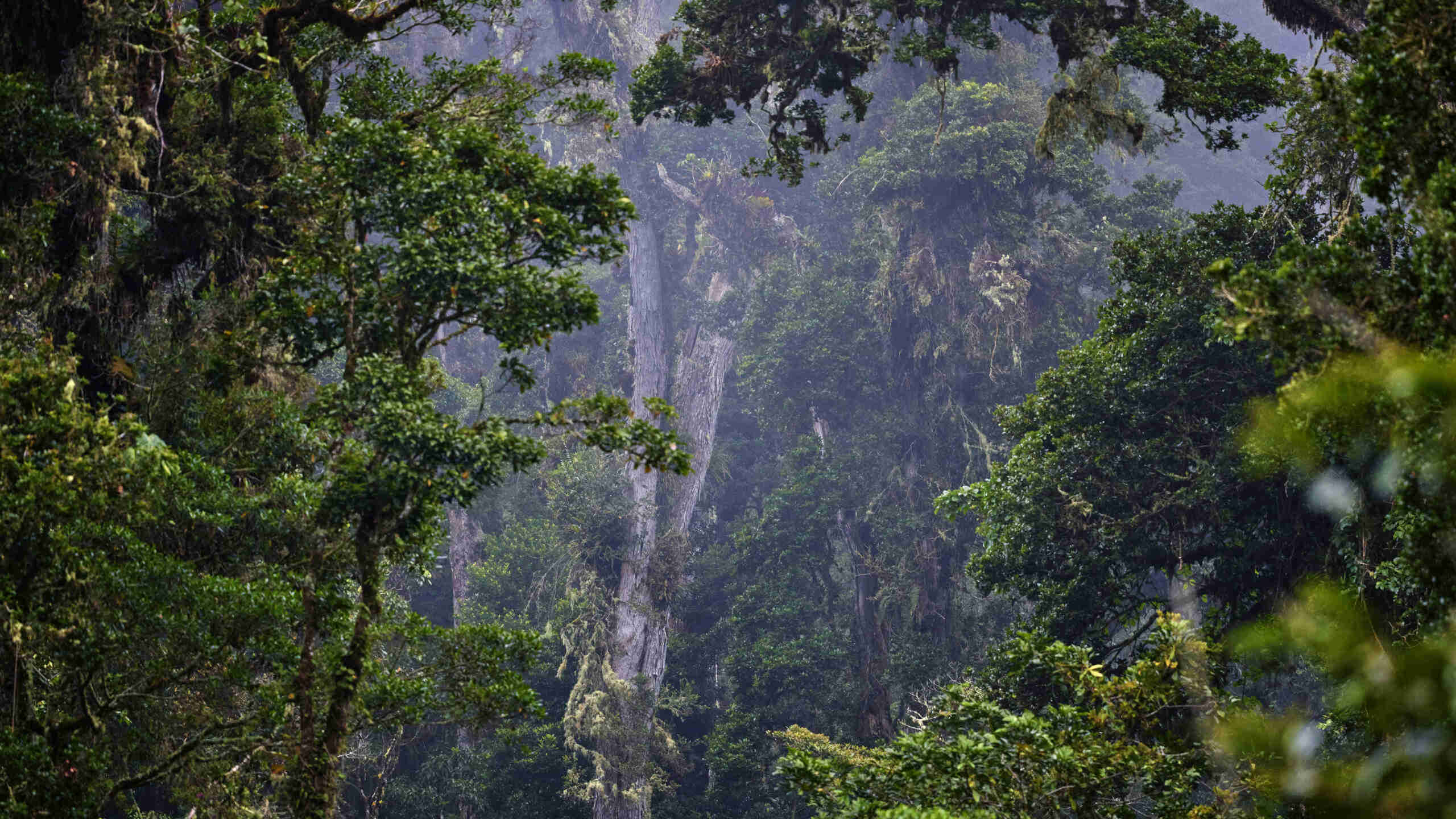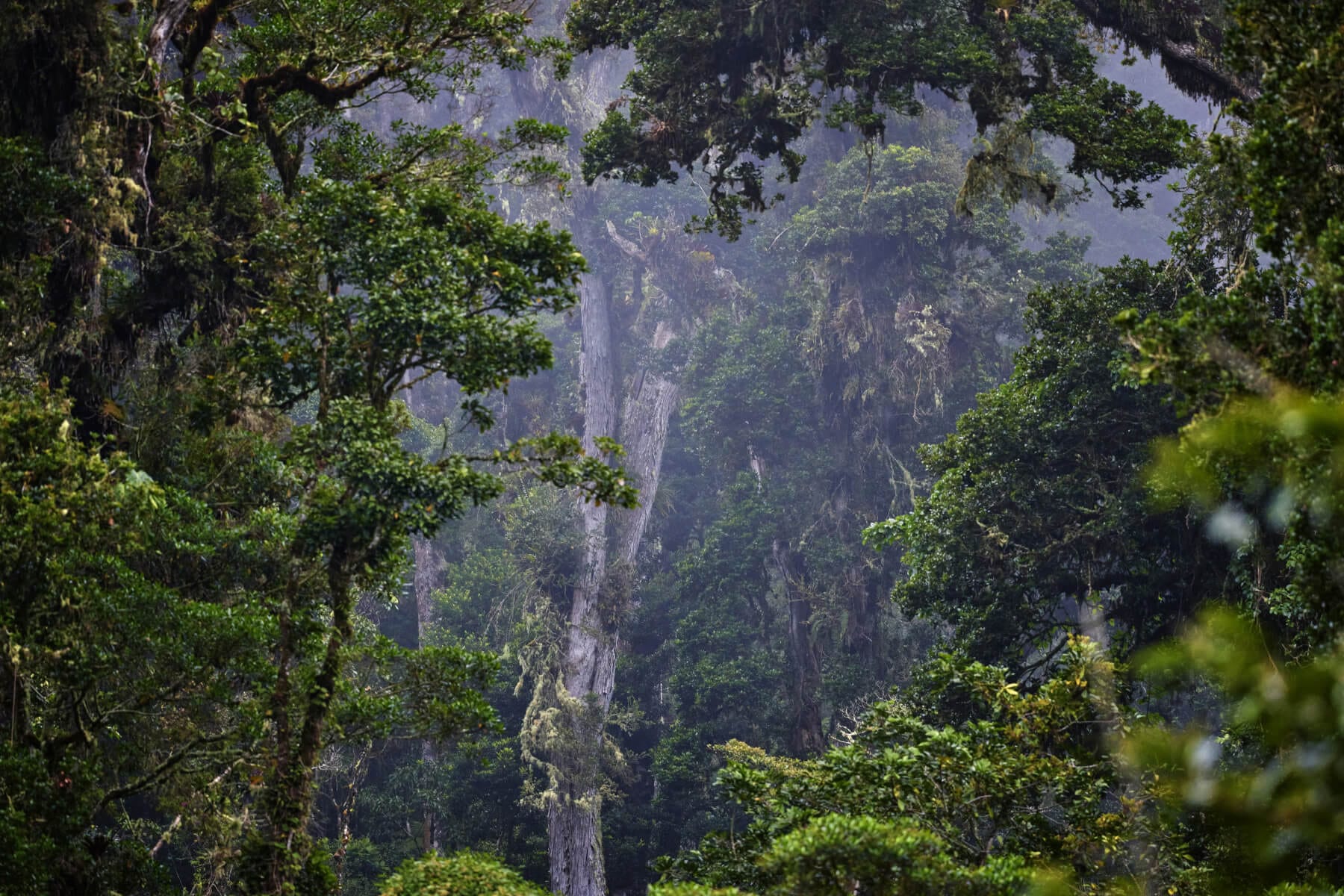Reforestation in
Panama
Connecting North America and Latin America, Panama has a lush tropical landscape, including the Cordillera Central mountain range that spans most of the country. Located about 620 miles north of the equator, it has a warm climate with a long rainy season and shorter dry season. Despite its small size, Panama has one of the highest percentages of forest cover in the world, accounting for 60.4 % of the country's total area.
Deforestation is a significant issue in Panama, driven by poverty and limited access to basic services. Approximately 30% of the country's forest cover was lost between 1950-2000 due to traditional farming and ranching practices, including slash-and-burn agriculture. Although deforestation rates have slowed since 2000, unsustainable agricultural methods and a lack of reforestation resources continue to threaten Panama’s rich biodiversity.

Panama Stats
12.4%
endemic plants
12.4% of plants in Panama are found nowhere else on Earth.
Panama, Forests of the World
1,500
tree species
Over 1,500 tree species exist in Panama, including the square tree, which has a square trunk.
Panama, National Geographic Kids
60%
in poverty
60% of Panama’s rural population lives below the poverty line and lacks basic services.
Panama, Forests of the World
1,400
tree species
Over 1,400 tree species exist in Panama, including the square tree with a square trunk
60%
Of Water
60% of potable water in California is sourced from forested watersheds.
Project Highlights
Reforestation in Panama can restore degraded forests and protect existing ecosystems, reforest essential watersheds to improve soil stability and erosion control, sequester carbon to enhance climate stability, and create jobs to boost local economic growth. Discover two recent projects that have successfully planted trees in Panama!

Darien Restoration Initiative
This project aims to restore approximately 100 hectares of Embera-Wounaan Comarca land in the Darien Province, which was previously used for low-density cattle ranching. It supports local communities in planting, managing, and monitoring mixed-species forests, providing long-term employment and improving livelihoods.
Azuero Ecological Corridor Reforestation
This project focuses its efforts on creating buffer zones around protected areas, like the Cerro Hoya National Park, and aims to establish conservation corridors between forest patches. The area is home to one of the last remaining intact forests in this part of Panama, which supports a host of rare and unique species such as Jaguars, spider monkeys, the endangered Green Macaw and the Azuero parakeet.


Transforming Livelihoods and Landscapes
This project focused on large-scale afforestation and reforestation across three Panamanian provinces to restore land that was historically used for low-density cattle ranching. It supported local communities in planting, managing, and monitoring mixed-species forests, creating long-term jobs and improving livelihoods. The initiative emphasized preserving natural capital, mitigating climate change, and integrating natural resource management with economic development to protect and sustainably use ecosystems.


